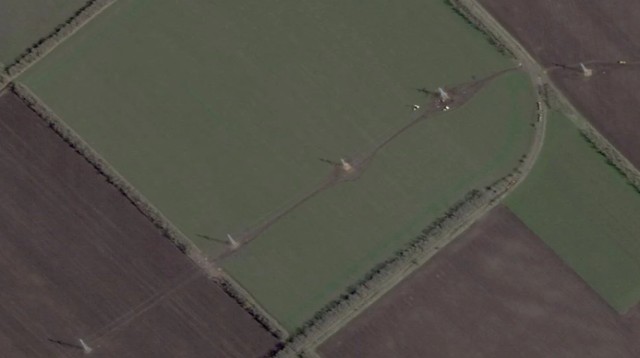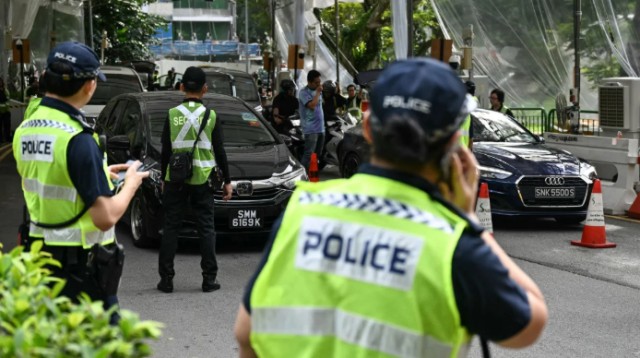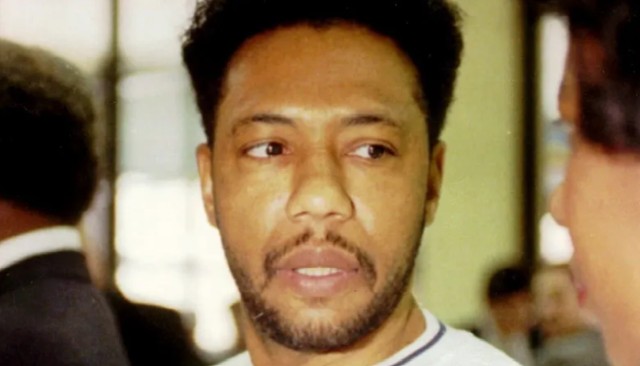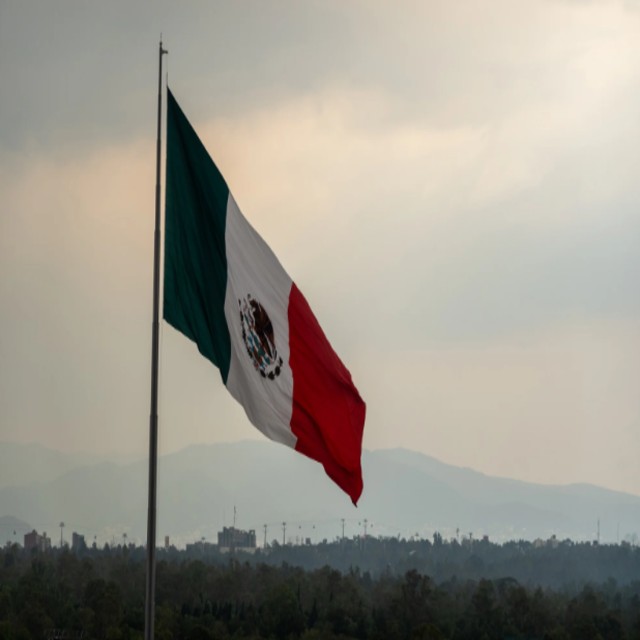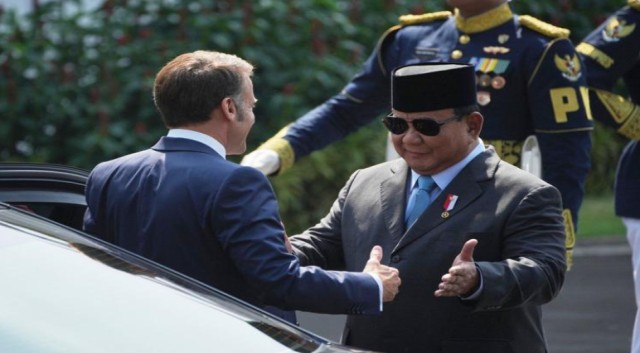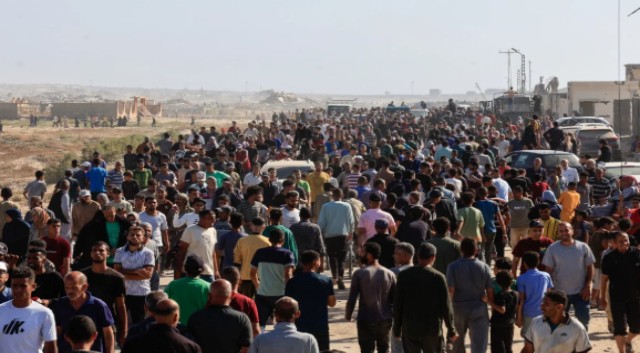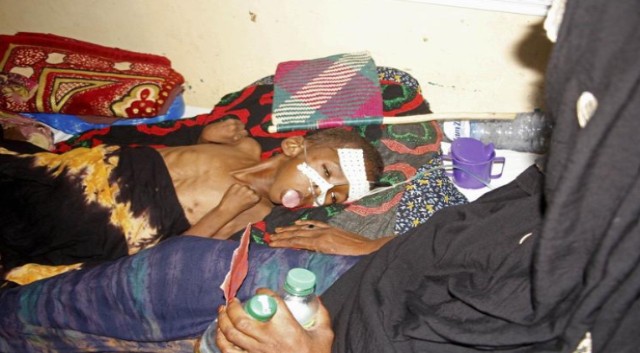
A woman checks on her malnourished child at Banadir hospital in Mogadishu, Somalia, Wednesday, May 14, 2025.
The sound of crying children echoes through Mogadishu’s Banadir Hospital. The cause: malnutrition. One-year-old Maka’il Mohamed was among the many admitted. Despite doctors’ desperate attempts, he didn’t make it.
His father, Mohamed Ma'ow, stood in disbelief. “Did he really die?” he asked, shocked by the unbearable truth.
Maka’il’s story mirrors the silent suffering of thousands across Somalia, where hunger is worsening fast.
US Aid Cuts Leave a Gaping Hole
Once the backbone of Somalia’s humanitarian support, the U.S. Agency for International Development (USAID) funded 65% of the country’s foreign aid. Today, those funds are vanishing.
Under recent changes, USAID is being scaled back. This has forced dozens of life-saving nutrition centers to shut down. The move is devastating for a country already crippled by years of conflict and fragile healthcare infrastructure.
Thousands of Children Now at Risk
Save the Children, a leading humanitarian group, warns of grave consequences.
By June, they expect to shut down 121 nutrition centers due to a lack of funds. These centers have supported tens of thousands of children. Without them, 55,000 Somali children could face life-threatening hunger.
The group also reported an 11% rise in severe child malnutrition compared to last year.
Climate Shocks and Conflict Amplify the Crisis
Somalia has battled food insecurity for decades. Droughts, floods, and ongoing conflict have consistently pushed families to the brink.
But now, with U.S. aid vanishing, experts warn that the country is headed toward catastrophe.
CARE, another aid agency, projects that 4.6 million people in Somalia could face severe hunger by June — a dramatic rise from earlier estimates.
Displaced and Abandoned
More than 800,000 displaced people live in Mogadishu’s outskirts. Camps filled with families now find their feeding centers closed.
Still, many arrive at the locked gates each day, clinging to hope that food aid might return.
Ma’ow, Maka’il’s father, is a tailor. His income is not enough to provide three meals a day for his family of six. His wife, weakened by hunger, couldn’t breastfeed their baby.
The nutrition center at Banadir Hospital once offered them hope. But that center, run by Alight Africa in partnership with UNICEF, has lost its funding.
Nutrition Centers Closing Across the City
Abdullahi Hassan from Alight Africa confirmed the closures of all their centers in multiple districts.
Another team member, Said Abdullahi Hassan, said bluntly: “Closures have, tragically, caused the deaths of some children.”
UNICEF’s Simon Karanja says the cuts have crippled their ability to provide basic therapeutic food and supplies.
In a country where 15% of children are acutely malnourished, the impact is catastrophic.
Health Workers Overwhelmed, Salaries Slashed
Dr. Mohamed Jama, head of Banadir’s nutrition center, said over 500 children were admitted between April and May alone.
This level of demand usually follows a drought or famine. But this time, it’s an economic disaster caused by funding gaps.
“The cuts haven’t just hit the malnourished,” he said. “Health workers' salaries are being reduced, too.”
Mothers Left Without Options
Fadumo Ali Adawe, a mother of five, lives in one of the city’s many displacement camps. Her 3-year-old daughter has been malnourished for nine months.
She used to rely on a nearby center, now closed. “We don’t know what to do next,” she said, her voice trembling.
Inside the shuttered center, empty food packages scatter the floor. USAID posters still hang on the walls — haunting reminders of the help that once was.
Future Uncertain as July Deadline Looms
The U.S. State Department claims that some USAID programs remain active and are set to transition to State Department control by July 1.
But aid workers say they’ve received no clear answers. What programs will remain? What will be cut? No one knows for sure.
As uncertainty grows, so does Somalia’s hunger crisis. For many children, the loss of aid is not just policy — it’s a death sentence.




